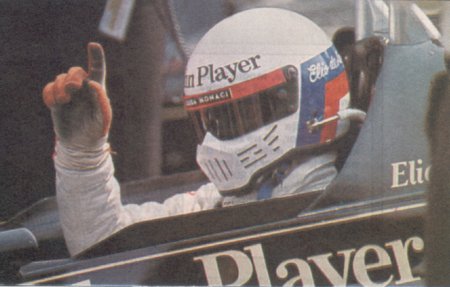Well, first of all a big thank you to everybody showing appreciation for previous post, you are being way too generous...

DRCorsa wrote:
Reca, thanks for the wonderful info!
Do you recognise a "blend" of conxave and convex diffuser here? I think that this one is concave at the front and convex at its end? BTW, it's from last year'a HRT.
Yeah, looks like that, albeit with images from behind it's always difficult to tell the curvature. If that's indeed the case it could be that with the maximum slope they managed to achieve, without separation, in the first part, they couldn't exploit the whole vertical height of the diffuser allowed by rules; getting closer to the trailing edge then presumably the b.l. stabilized a bit, helped by increasing influence of pressure field behind the car, so they could afford demanding a further bit of deceleration/pressure recovery using the remaining height.
hardingfv32 wrote:
While I appreciate the possible reasons for the shapes of the inner and outer diffuser roof shapes, something seems odd about the F310B diffuser. There is no pressure reduction at the center section. Is it being implied this is the best they could do without suffering separation?
Could the shape be dictated by the transaxle or the rear crash structure mounting requirements?
Brian
On the F310B certainly the integration with mechanical parts in rear end played a role on defining the geometry, that image though was meant to show the concave profile isn't unusual, but was adopted already years ago, and also help visualize the localized peak of pressure at kink, not specifically to show the difference between central part and sides; there were quite different rules back then for bodywork at the rear and the interaction of various areas was quite a bit different (also worth mentioning in that car exhausts were blowing just above diffuser's edge, adjacent to the central channel, but remains to be seen if it was tested in the WT).
With current cars that's not an issue, a more aggressive curvature, especially at the kink, of the central part wouldn't need much room, if they could afford finding the volume for an entire additional deck, certainly they could find that little bit for a different curvature; packaging limitation doesn't look to be, nowadays, what suggests not to use a more aggressive shape for slope of central part, distance from ground and other details of the geometry most likely are.





